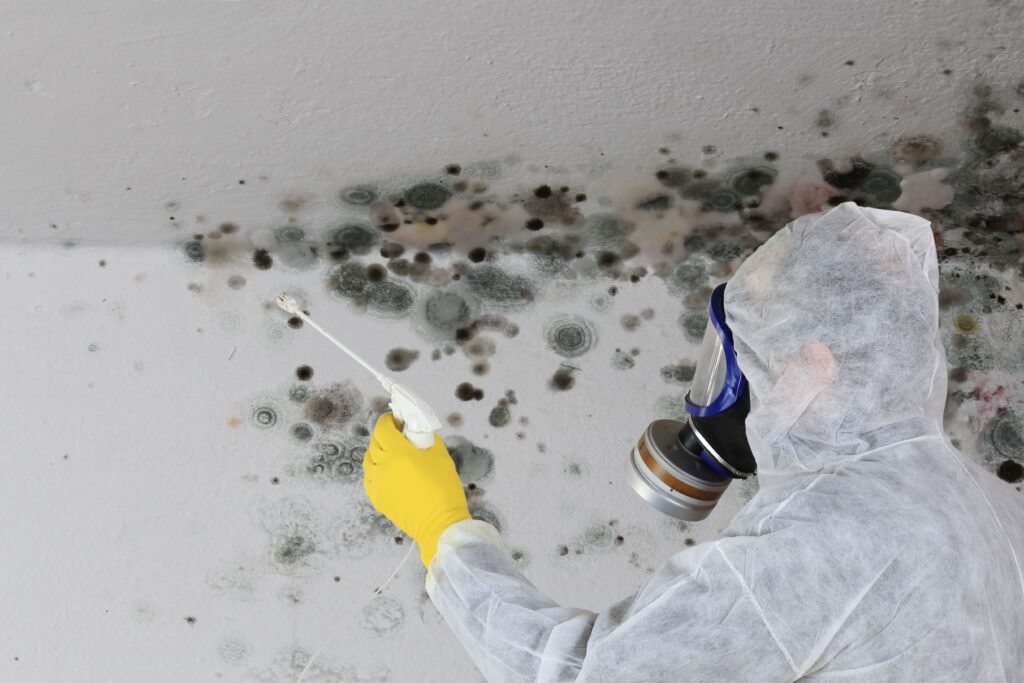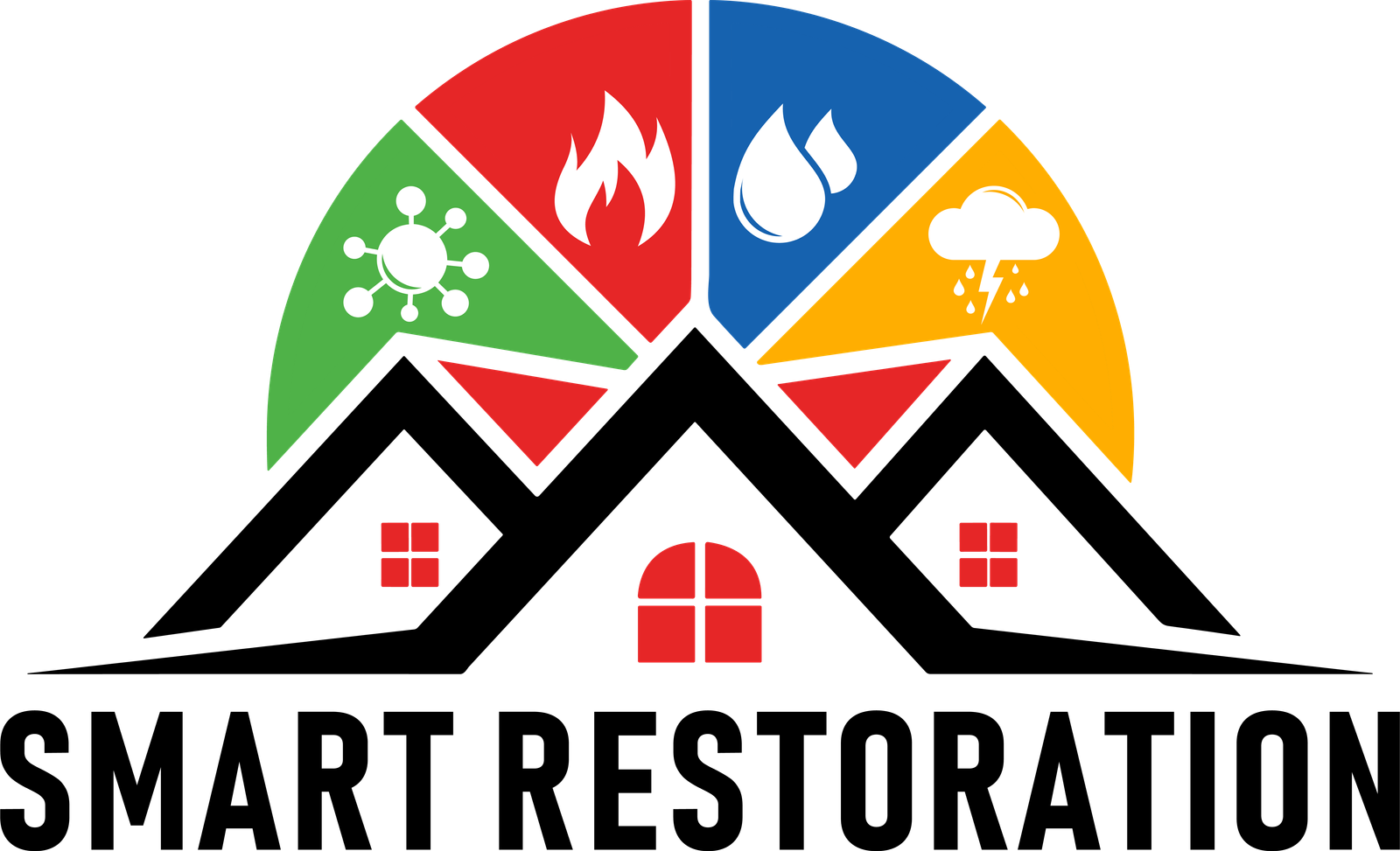CALL NOW! 24/7 1-833-SMART-09 (76278)
Mold And Asbestos Removal

Maintaining a high quality of life for you and your household relies heavily on the air quality within your residence. Residential properties encounter significant challenges in preserving clean and safe indoor air. Two primary factors contributing to diminished air quality are the growth of mold and the presence of asbestos materials in your home. Excess moisture in certain areas can foster the proliferation of mold, leading to the dispersion of spores and airborne bacteria, which can compromise the air’s purity.
Owning an older residence brings heightened concern regarding asbestos, as this material poses substantial health risks when exposed to contaminated air. It is advisable to arrange for asbestos-testing.
The difference between mold and asbestos
Mold and asbestos, though equally hazardous within your household, stem from distinct origins. A primary divergence lies in their nature, with mold being a living fungus that thrives within homes, while asbestos originates as a naturally occurring mineral that was integrated into numerous construction and renovation materials commonly employed in house construction. Unlike asbestos, mold possesses the ability to propagate and expand if not addressed, thus escalating the release of airborne bacteria and spores. In contrast, asbestos content in your home remains constant, without spreading or reproducing.
The primary distinction between asbestos and mold lies in their fundamental nature. Mold, as a living organism, thrives and propagates when provided with sufficient moisture and oxygen. Conversely, asbestos remains inert within your residence, devoid of the growth and spread observed in mold. Asbestos is characterized by its non-living, non-reproductive attributes, yet its airborne fibers, if inhaled, can lead to severe health complications.
Common areas where asbestos can be found
- Wall insulation
- Paints and flooring adhesives
- Roofing shingles and firewall tarps
Mold can find its way into the most inaccessible and darkest parts of the home such as:
- Basements and cellars
- Attics and crawl spaces
- Bathrooms and kitchens
The difference between mold and asbestos means specialized training and equipment for inspection and removal
Should you find yourself grappling with the aftermath of mold or asbestos exposure, it’s indicative of a potentially severe indoor air quality issue. The initial action to take involves enlisting the services of a certified and well-trained expert, well-versed in distinguishing between mold and asbestos, and equipped with the latest tools to conduct testing and toxic material removal. Both mold and asbestos necessitate specialized training, as well as distinct procedures for removal and disposal, making it imperative that such issues are managed by a qualified professional, as they are far from your typical DIY project.
The identification and elimination of asbestos require a meticulous and highly specialized procedure.
It is of utmost importance to address this promptly in order to minimize the overall extent of damage.
Locating and thoroughly removing mold growth from your home
Evaluating mold issues within your residence is most appropriately handled by professionals who are licensed and certified. The potential existence of multiple mold infestations in your home necessitates a comprehensive examination and diagnosis.
Should you have concerns about the air quality in your residence or encounter unusual health and lifestyle challenges, it’s possible that either mold or asbestos is the underlying issue. Both mold and asbestos pose distinct challenges, necessitating the involvement of certified professionals with specialized training in their respective domains. Mold, if not promptly addressed, can readily proliferate and disperse, whereas asbestos dust is exceptionally hazardous and necessitates proper removal and disposal in accordance with local regulations.
